
Imagine walking through a forest—only instead of trees, it’s a maze of colossal stone columns, each etched with sacred symbols, each one whispering stories from over 3,000 years ago. That’s the Temple of Karnak, a place where time folds in on itself and the divine still seems just a step away.
More Than Just a Temple
The Temple of Karnak isn’t one temple—it’s a sprawling complex of shrines, pylons, obelisks, and sanctuaries built by more than 30 pharaohs over a span of 1,500 years. Located on the east bank of the Nile in Luxor (ancient Thebes), it was the most important religious site in ancient Egypt, dedicated primarily to the god Amun-Ra.
Its full name in ancient Egyptian was “Ipet-isut,” meaning “The Most Selected of Places.” And once you see it, you’ll understand why.
The Hypostyle Hall: A Stone Jungle
If there’s one area that makes jaws drop, it’s the Great Hypostyle Hall in the Precinct of Amun-Re. Picture this: 134 massive sandstone columns, some soaring 21 meters (69 feet) high, arranged in rows that feel like walking through a sacred canyon. The columns are so wide you’d need six people holding hands to hug just one.
Hieroglyphs blanket nearly every surface—scenes of battles, offerings to gods, celestial hymns. Light filters in from above, casting shadows that dance across the carved pillars. It’s impossible not to feel small here. And that's kind of the point.
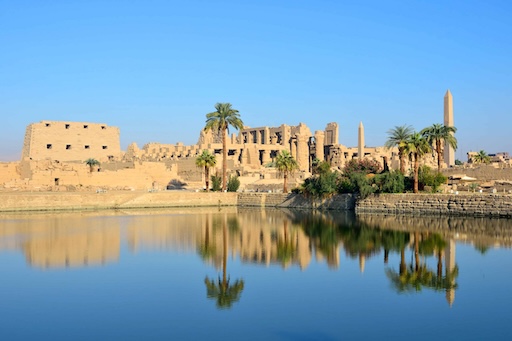
Built to Impress, Expanded to Eternity
Karnak began as a modest sanctuary during the Middle Kingdom, but each subsequent pharaoh added their own mark. Ramses II, Seti I, Thutmose III—these weren’t just rulers, they were builders of legacy. Obelisks were erected. Walls were added. Courtyards expanded. In a way, Karnak became an open-air record of power politics.
Each addition wasn’t just about worship. It was propaganda, stone-carved proof that a pharaoh had divine right. Even unfinished sections and reused materials tell stories of political shifts and economic turns.
The Sacred Lake and Mysterious Sound
Within the complex lies a sacred lake used for purification rituals by priests. Legend has it that the stone scarab near the lake brings luck and love to those who circle it seven times. And yes, you’ll see visitors doing laps under the scorching sun—because ancient magic is hard to resist.
Then there’s the “singing obelisk” theory. Some researchers believe certain stones were carved to resonate when the wind passed through. It’s said the gods liked music, and Karnak might have been their orchestra.
Rediscovery and Modern Restoration
Like many ancient sites, Karnak fell into ruin after the decline of the pharaohs. Sand and time buried its grandeur. But thanks to ongoing archaeological efforts (and some very dedicated sweeping), much of Karnak has been uncovered and stabilized.
Digital modeling and light shows now bring the site to life after sunset, offering a glimpse of how it may have looked when priests, pilgrims, and pharaohs filled the courtyards.
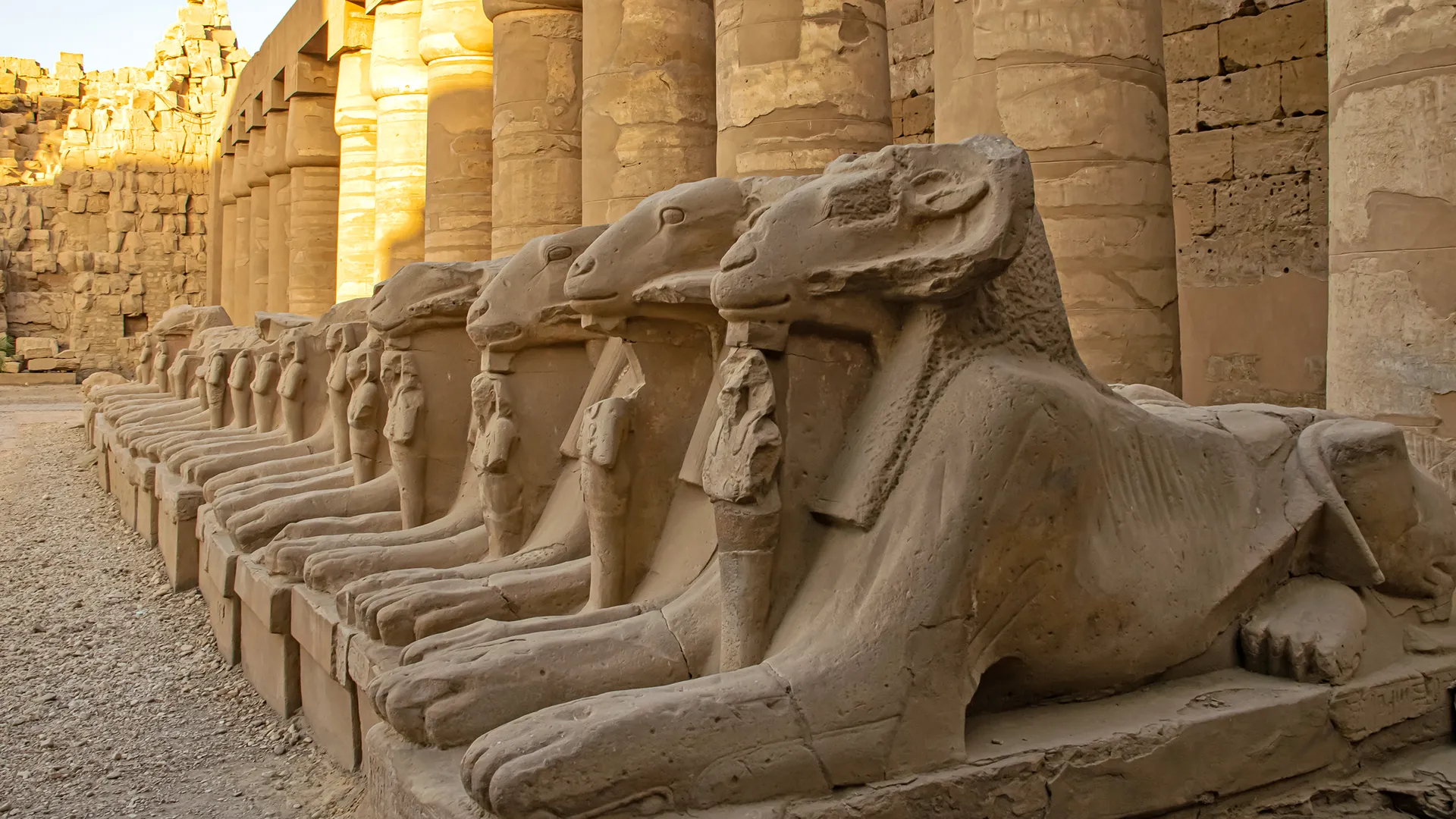
Tips for Visiting Karnak Like an Explorer
- Go early to beat the heat and the crowds. Sunrise here is breathtaking.
- Don’t skip the Avenue of Sphinxes, which connects Karnak to Luxor Temple. Parts have been recently restored.
- Hire a guide if you want to hear the juicy stories behind the hieroglyphs.
- Take water, sunscreen, and a hat. Egypt doesn’t play when it comes to sun.
A Monument to Memory
The Temple of Karnak isn’t just an archaeological site. It’s an epic poem in limestone. A city of gods. A library of stone.
It reminds us that even in a world without digital archives, humans have always tried to leave a mark—to say, "We were here. We mattered. We spoke with the divine."
And as you walk through the shadowy corridors, past towering columns and sacred carvings, maybe you’ll hear it too—the echo of a civilization that still refuses to be forgotten.
Share this story and inspire others.
Tags: Karnak Temple, Luxor, Egypt, ancient Egypt, cultural tourism, Amun-Ra, Hypostyle Hall, archaeology, pharaohs, ancient architecture, sacred sites
 Dendera Temple Complex: Where Stars, Myths, and Stone Align
Dendera Temple Complex: Where Stars, Myths, and Stone Align
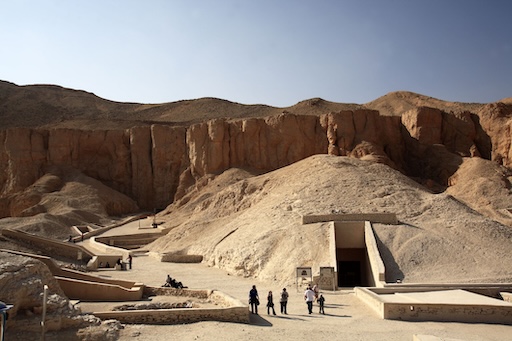 Valley of the Kings: The Eternal Resting Place of Pharaohs
Valley of the Kings: The Eternal Resting Place of Pharaohs
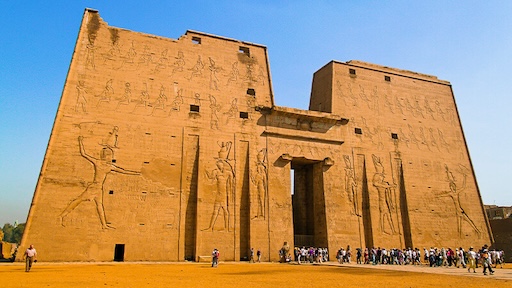 Temple of Edfu – Where Horus Stands Tall
Temple of Edfu – Where Horus Stands Tall
 Abu Simbel Temples: Monuments That Moved Mountains
Abu Simbel Temples: Monuments That Moved Mountains
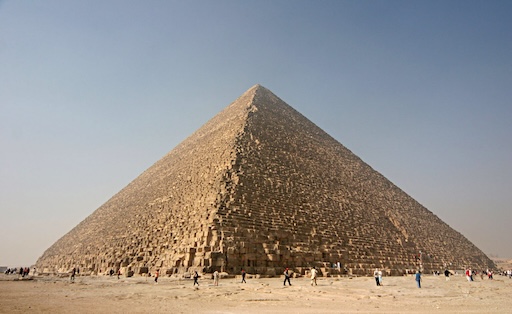 The Great Pyramids of Giza: Alien Relics or Eternal Engineering?
The Great Pyramids of Giza: Alien Relics or Eternal Engineering?
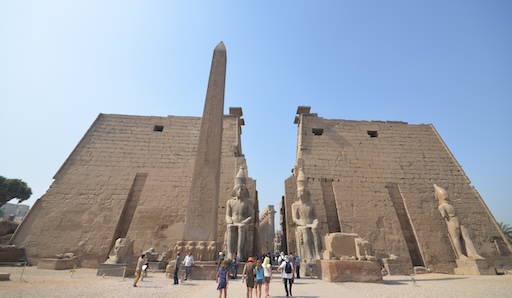 Luxor Temple: A Stage for Gods and Kings
Luxor Temple: A Stage for Gods and Kings
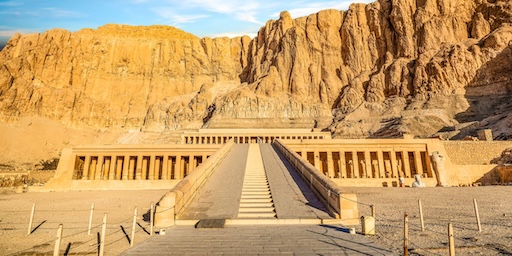 Temple of Hatshepsut: Egypt’s Queen of Stone
Temple of Hatshepsut: Egypt’s Queen of Stone